The Stories in These Crevices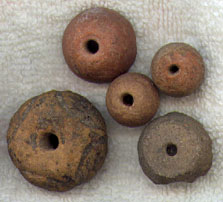
The stories
in these crevices
are old and strong.
They keep trying to happen
like the bear keeps trying to fish.
They are told, or wear away.
The crevices of these stories fill up with paper,
as if messages so fragile
would last.
They are colored with the mud
of rocks churned by rain,
and noticed by few.
But they are nothing like the abalone shell
I hold perfect
in the shell of my perfect hand.
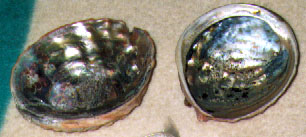
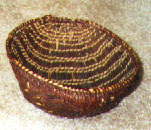
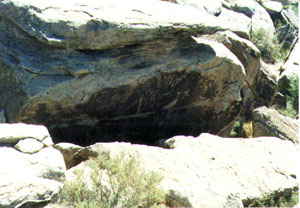
Pre-Columbian spindle whorls (upper right);
abalone shells (center); Yokuts redbud and willow winnowing basket
in the shape of an abalone shell; petroglyphs in the Painted Desert,
Arizona.

Toward Spider Woman Rock, Tséyi' 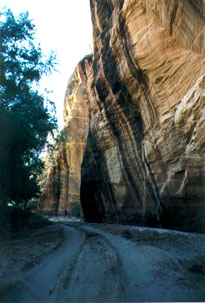
I have gone into canyons,
to places within rocks
where the stone leans,
striped and smooth,
and its shadows
are utterly shade.
In the dry season
I have been an hour
where the sun does not go
and water runs on the canyon floor
scoured and changed,
and its walls deepened.
I have seen their remnants arc
and their darkness seamed
and their sky windows opened.
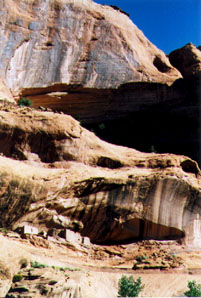
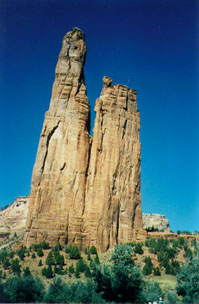
In Tse'yi', Anasazi dwellings (left) and Spider
Woman rock (right).
Rock Fall, Tséyi' (Canyon de Chelly)
These stones roll down canyons,
collect in wadis, are driven
by rivers of different tones,
song chords
dissonant and high,
strange-tongued, low-pitched
with the tenderness
we hear in the rumbling,
and for which we long.
The stones glitter
and pile up,
enfold us with silence
intent as a small child
building walls and territories,
sailing boats in rivulets
on the washed floor
of the canyon.
We can hear the walls,
their tales of colors, their sad stories,
and the ones that make us laugh.
Among the pollen
of corn growing in sand
are seeds and the blossoms
of peach and pomegranate
blown by wind
through rock windows
open on both sides
to sky.
I know this place
where nothing is familiar,
and everything has many names.
I have been here before, a child
who cannot help but follow a path,
upturning stones to find beetles and spiders,
and ants in their strong homes.
Sunset closes the canyon edges
around dusky berries
of juniper, called cedar.
Its pungence sleeps in the cold.
The obsidian night gleams
like a mirror
and lets us pass through.
Go to Weaving the Light,
page 3.
Return to Wings to Fly With
Publishing introduction.
Return to Migrations home page.
Go to Sea Mammals page.
Go to Listening to the
Stone page.
Write to: Migrations, P.O. Box 543, Boston, MA 02258
or email to: carol@migrations.com
to place an order, request photos, or for more information.
Copyright © 1997 Carol Snyder Halberstadt, Migrations. All
rights reserved.








